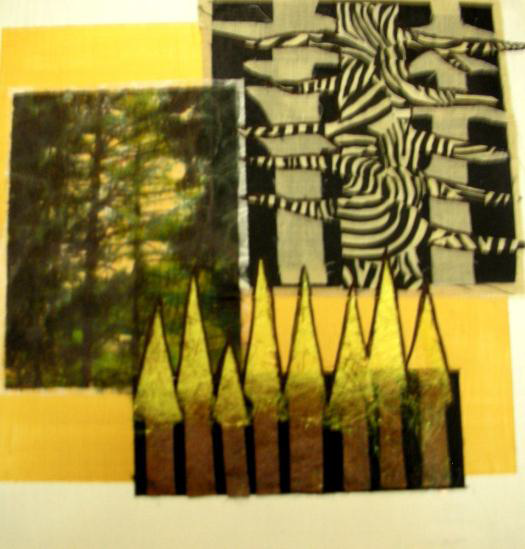Goal (Terminal Objective):
Students will understand how ground and media choices affect the surface quality of their painting.
Objective:
Students will compose and build a textured surface using laminating glue and medium and embellish the surface with acrylic paint and markers.
National Standards:
Visual Arts Grades K-5 Content Standard 1: Understanding and applying media, techniques, and processes
Visual Arts Grades K-5 Content Standard 2: Using knowledge of structures and functions
Visual Arts Grades K-5 Content Standard 3: Choosing and evaluating a range of subject matter, symbols, and ideas
Visual Arts Grades K-5 Content Standard 4: Understanding the visual arts in relation to history and culture
Visual Arts Grades K-5 Content Standard 5: Reflecting upon and assessing the characteristics and merits of their work and the work of others
Visual Arts Grades K-5 Content Standard 6: Making connections between visual arts and other disciplines (Cross Curriculum Connections: Language Arts and Science)
Purpose:
Students will investigate artists and techniques and create a textured landscape collage.
New Vocabulary:
accent, collage, embellish, texture, smooth, overlap, outline
Materials:
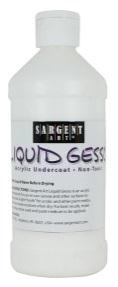
#22-8801 Gesso extra thick liquid
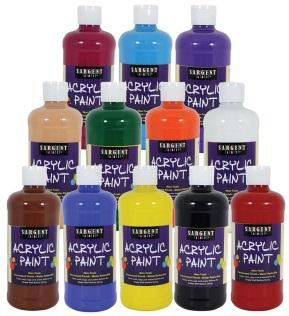
#24-2499 Acrylic Paint
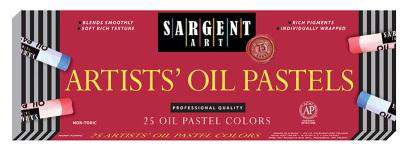
#22-2018 Oil Pastel standard size
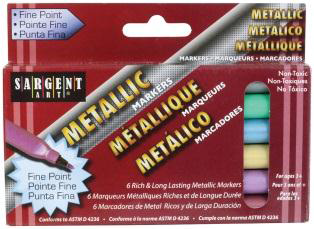
#22-1507 Metallic Markers Fine Point Peggable Carton
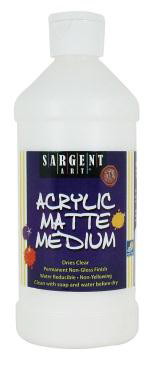
#22-8815 Acrylic Matte Medium
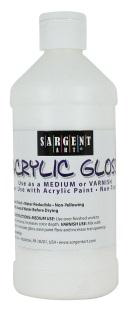
#22-8808 Acrylic Gloss
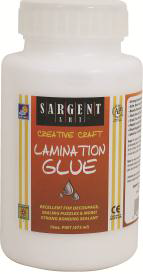
#23-1602 Creative Lamination Glue

#22-7244 144 ct, Graphic Pencils

#22-1565 4 ct. Balck Fine Bullet Tip Permanent Markers

#56-3101 40 ct. Flat Jumbo Brush Best-Buy Set
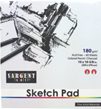
#23-5027 60 sheet Sketch Pad
Cardboard, Masonite or hardboard, newspaper, pencils, black permanent markers to label back side of the Masonite boards, fabric and fiber pieces, assorted brushes, assorted foam brushes, foam plates to use as palettes, masking tape, sketchbooks, hair dryers to speed drying time
Time:
35 (40 minute) classes as well as open studio/enrichment time

Introduction and Motivation (Set):
Analyze visuals of the trees, tree trunks, and textural details. Discuss their use of lines and shapes and how the artists indicated and built trees in their art work. Then show them completed examples of several tree landscapes done with paint or collaged with fabric and paper.
Instruction:
After viewing a power point presentation of the preparation of the cardboard or Masonite, the teacher will do a modeled demonstration of applying gesso to the board and show examples of completed pieces ready for painting. This power point can be loaded onto a classroom computer for reference or to assist students who are absent or late for class.

The teacher will then give another power point that gives an overview of artists (both contemporary and through the ages) who have used trees as the focal point for landscape painting (Great Masters Durer, de Vinci, Monet, van Gogh, and contemporary artists such as Patricia Gaignat, Denise Linet, Robert Vander Zee and Trish Thompson). Students will record information and ideas about them in their sketchbooks. Students will select one artist or technique and create a piece done in a similar manner. A rubric of how the project will be assessed will be discussed and recorded and posted on the wall of the classroom for easy and accessible reference.
Activities:
(1) Guided Practice:
- Students will follow the steps demonstrated on the power point presentation to prepare their cardboard or masonite board. They will gesso it.
- After doing their artist research and developing a plan in their sketchbooks, students will tape off an area and apply a layer of color to the board to the area where they want to create their landscape focal point of trees.
(2) Independent Practice and Check for Understanding:
- Students will select a color scheme, record it in their sketchbook, and choose fabrics and papers to cut and assemble on to the painted board with Lamination Glue.
- Students will build the mass, textures, and forms of the trees with layers of fabrics, fibers, and paint.
- Students will use oil pastels and/or Liquid Metallic Markers to emphasize the texture of the trees and selected areas of their landscapes.
- The teacher will circulate around the studio recording student progress and their exchange of ideas and techniques with their peers.
- The teacher will assist and reinforce students with the execution and completion of their work.

Fabric Pieces chosen to emphasize Texture
(3) Closure:
- Students will follow the timeline allotted for the project, complete the collage, and present it on the due date.
- Students will tape the rubric/checklist to the back of their competed painting.
- Students will give a reflective oral critique of their work for assessment. It must include:
*The artist who influenced their work
*Explanation of techniques used in painting
*Art elements and principles and how and why they were used
*Craftsmanship
*What could be done to improve it
Layering with Fibers on Painted and Glazed Board
Evaluation:
Drawings in the Sketchbooks and rubrics are graded as well as the completed project.
Level One- The layered collage is accomplished according to the criteria and directions and shows a strong sense of design in layout of the composition using the elements and principles of design. The work demonstrates excellent quality.
Level Two- The layered collage indicates complex decision making with some success in the layout of the composition using the elements and principles of design. They followed the directions and criteria. The technique and quality of the work is generally strong.
Level Three- The layered collage shows a limited execution of design without much success, with an awkward use of media and composition. Evidence of following the directions and criteria is minimal. The technique and quality of the work is of weak quality.
Level Four- The layered collage is undeveloped and the use of design is questionable. Evidence of following the directions and criteria is lacking, with little evidence of decision making. The technique and quality of the work is of poor quality.
Extensions:
These layered collage techniques can be applied to any work that involves areas of texture in the composition. Mark making and surface manipulation can be accomplished with markers, oil pastels, and glitter glue.
Resources:
Use WIKIPEDIA to start your research and documentation. Cite sources following MLA format. Then research the links provided, Google, Artcyclopedia, Vivisimo, etc.
After researching the artists listed above, also investigate these sites:
http://theartists.org/artists
http://www.billpuryear.com/paintings
http://www.galleryplanb.com/artists/robvanderzee
http://www.redstalliongallery.com
Textbooks and Resource Library Books:
- Creative Artist, LeLand, Nita, 1990, North Light Publications
- Creative Composition & Design, Dews, Pat, 2003, North Light Publishers
- Design Basics, Lauer & Pentak, 2002, Wadsworth Publishers
- Exploring Visual Design, Gatto, Porter & Selleck, 2000, Davis Publications
- Mixed Mania, Debbie Crane and Cherly Prater, Interweavebooks.com, ISBN 9781996680845 (Available in November2008)
- Painters’ Wild Workshop, Loscuttoff, Lynn, 2002, Rockport Publishers, Inc.
- The Visual Arts Companion, Smolucha, 1996, Prentice Hall Publishers
Art Consultant



